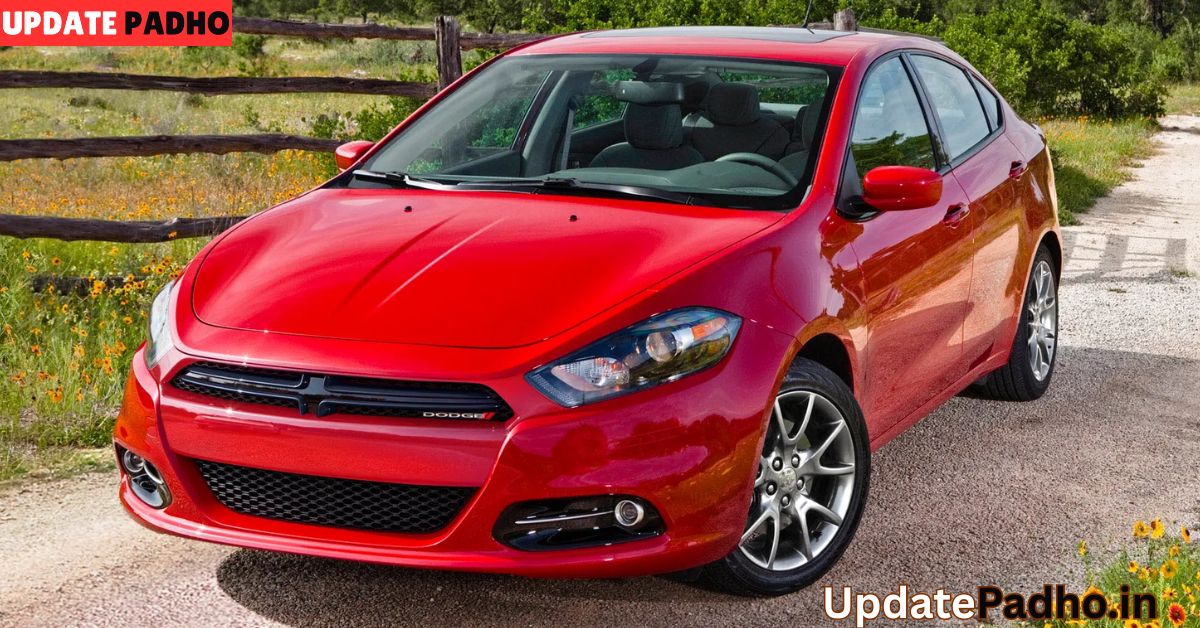When you think of Dodge, images of roaring V8s, aggressive styling, and raw American performance likely come to mind. While vehicles like the Challenger and Charger dominate headlines, one nameplate in Dodge’s history deserves a closer look for its unique role in bridging the gap between economy and performance: the Dodge Dart.
A Brief History of the Dart
The Dodge Dart first rolled onto the scene in 1960 as a full-size car but was quickly downsized in 1963 to fit into the compact category, where it found its true stride. It remained in production until 1976, remembered fondly for its durability, simplicity, and surprising performance potential—especially in the form of the Dart GTS and Dart Swinger, which offered V8 power in a compact body.
For decades, the Dart nameplate was dormant. But in 2013, Dodge revived the Dart as a compact sedan to compete with popular models like the Honda Civic, Toyota Corolla, and Ford Focus. The goal? To offer a sporty, stylish, and efficient small car that reflected Dodge’s performance DNA.
The 2013-2016 Dodge Dart: Rebirth of a Classic
The modern Dodge Dart, produced from 2013 to 2016, was built on a modified version of the Alfa Romeo Giulietta platform, thanks to Fiat’s acquisition of Chrysler. This gave the Dart a European foundation—tight steering, refined suspension, and a composed ride—that was uncommon in the American compact market.
Dodge aimed high with the Dart, offering a wide range of trims (SE, SXT, Aero, GT, and Limited), several engine options, and a host of tech features. The Dart was designed to stand out in a crowded segment.
Engine Options and Performance
Under the hood, the Dart offered a trio of engine choices:
- A 2.0-liter Tigershark inline-4 with 160 horsepower, aimed at fuel efficiency and affordability.
- A 1.4-liter turbocharged MultiAir engine, also with 160 horsepower but more torque and better fuel economy, borrowed from Fiat.
- A 2.4-liter Tigershark MultiAir 2 engine, with 184 horsepower, standard in higher trims like the GT, offering the most spirited driving experience.
Transmission choices included a 6-speed manual, a 6-speed automatic, and a dual-clutch automatic with the 1.4-liter turbo engine. While not a sports car, the Dart provided enough punch—especially in GT trim—to be engaging while maintaining everyday usability.
Interior and Features
Where the Dart truly impressed was its interior. With quality materials, soft-touch surfaces, and a driver-focused layout, the Dart felt more upscale than many of its rivals. The available 8.4-inch Uconnect touchscreen (still praised today) was one of the best in its class at the time, offering intuitive controls, navigation, and smartphone connectivity.
Optional features like heated seats, a rearview camera, premium sound systems, and customizable digital gauges helped position the Dart as a tech-savvy alternative in the compact class.
Safety and Reliability
The Dart scored well in safety tests, earning a 5-star overall rating from the National Highway Traffic Safety Administration (NHTSA). It came equipped with 10 standard airbags, stability control, and available features like blind-spot monitoring and rear cross-path detection.
However, the Dart was not without its issues. Reliability was mixed—some owners reported problems with the transmission, electronics, and build quality over time. These concerns, along with fierce competition and a declining market for sedans, led Dodge to discontinue the Dart after the 2016 model year.
Why the Dart Still Matters
Even though it was short-lived, the Dodge Dart left a mark. It proved that Dodge could produce a stylish, competent compact car that appealed to younger buyers without abandoning its sporty roots. It was also a symbol of Dodge’s transition period under Fiat-Chrysler, showcasing global platforms and technologies blended with American design cues.
Today, used Dodge Darts represent good value in the pre-owned market. They’re affordable, offer decent features for the price, and carry a bit of uniqueness compared to the sea of bland economy cars. The GT and Aero trims, in particular, stand out for enthusiasts looking for a fun, budget-friendly daily driver.
Final Thoughts
The Dodge Dart was a bold attempt to re-enter a highly competitive segment, and while it didn’t achieve long-term success, it remains a fascinating chapter in Dodge’s history. For buyers who want a compact car with attitude and a touch of performance flair, the Dart is still worth considering.
In a world increasingly dominated by crossovers and SUVs, the Dodge Dart reminds us of a time when small cars still had personality—and just enough punch to keep things interesting.



